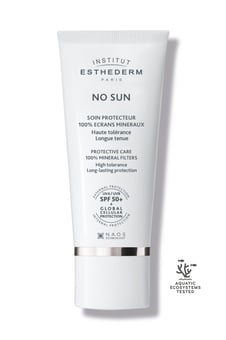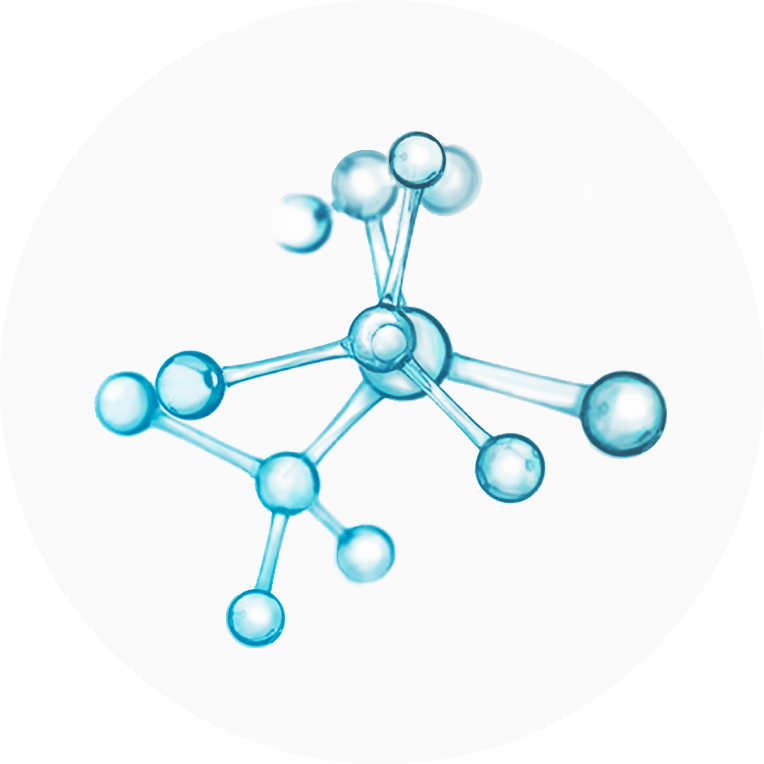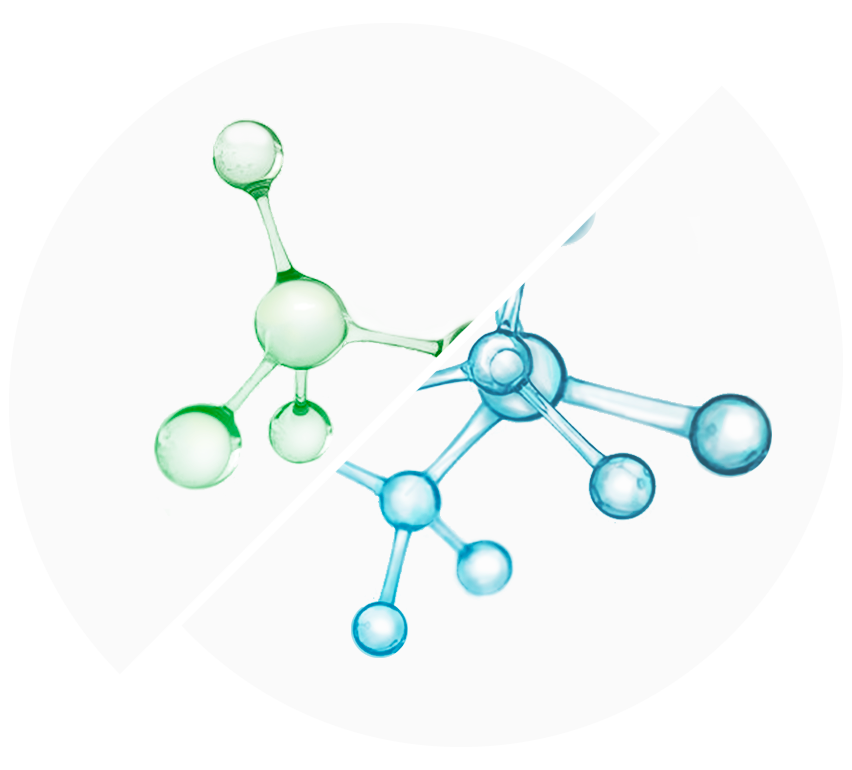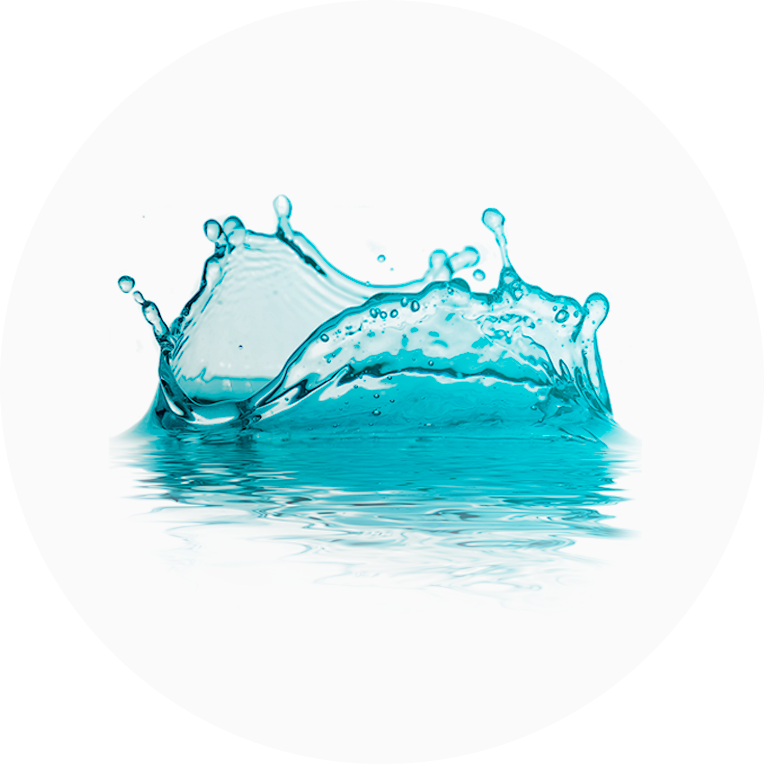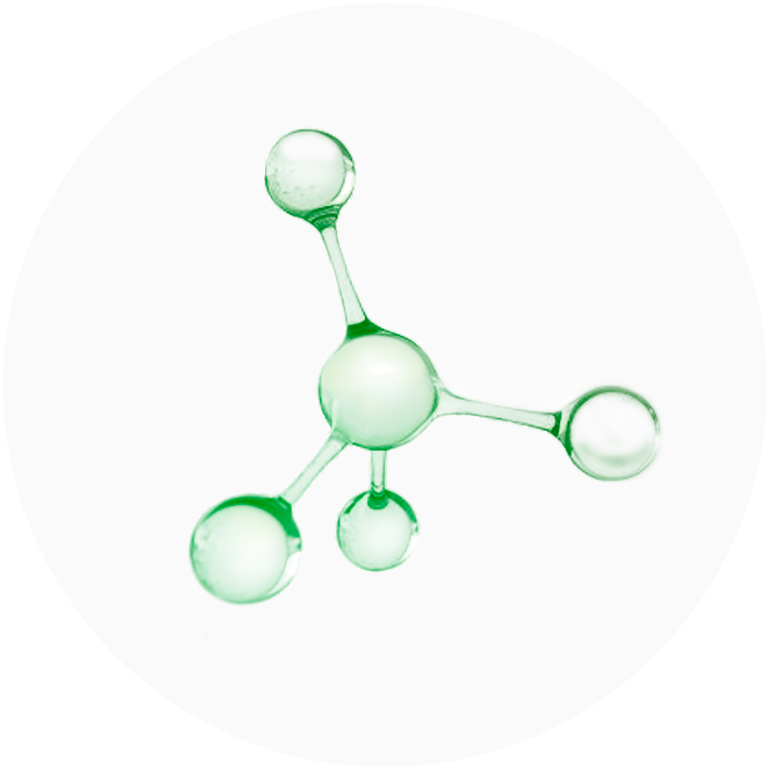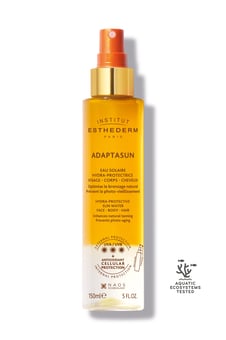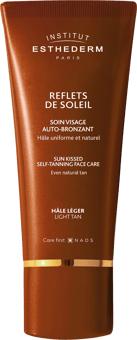NO SUN SOIN PROTECTEUR 100% ECRANS MINERAUX - HAUTE PROTECTION
INSTITUT ESTHEDERM
PHOTO CELLULAR CARE NO SUN CREME
Soin solaire Visage, Cou, Décolleté
En raison d'actes dermatologiques ou esthétiques, de cicatrices, d'antécédents dermatologiques, de traitements médicamenteux, ou de tatouages, certaines peaux doivent être hautement protégées lors de toute exposition.
La crème solaire Haute Protection NO SUN, 100% écrans minéraux, protège et respecte ces sensibilités spécifiques en optimisant la résistance de la peau, sous toutes les intensités d’ensoleillement, tout en les préservant du photovieillissement.
